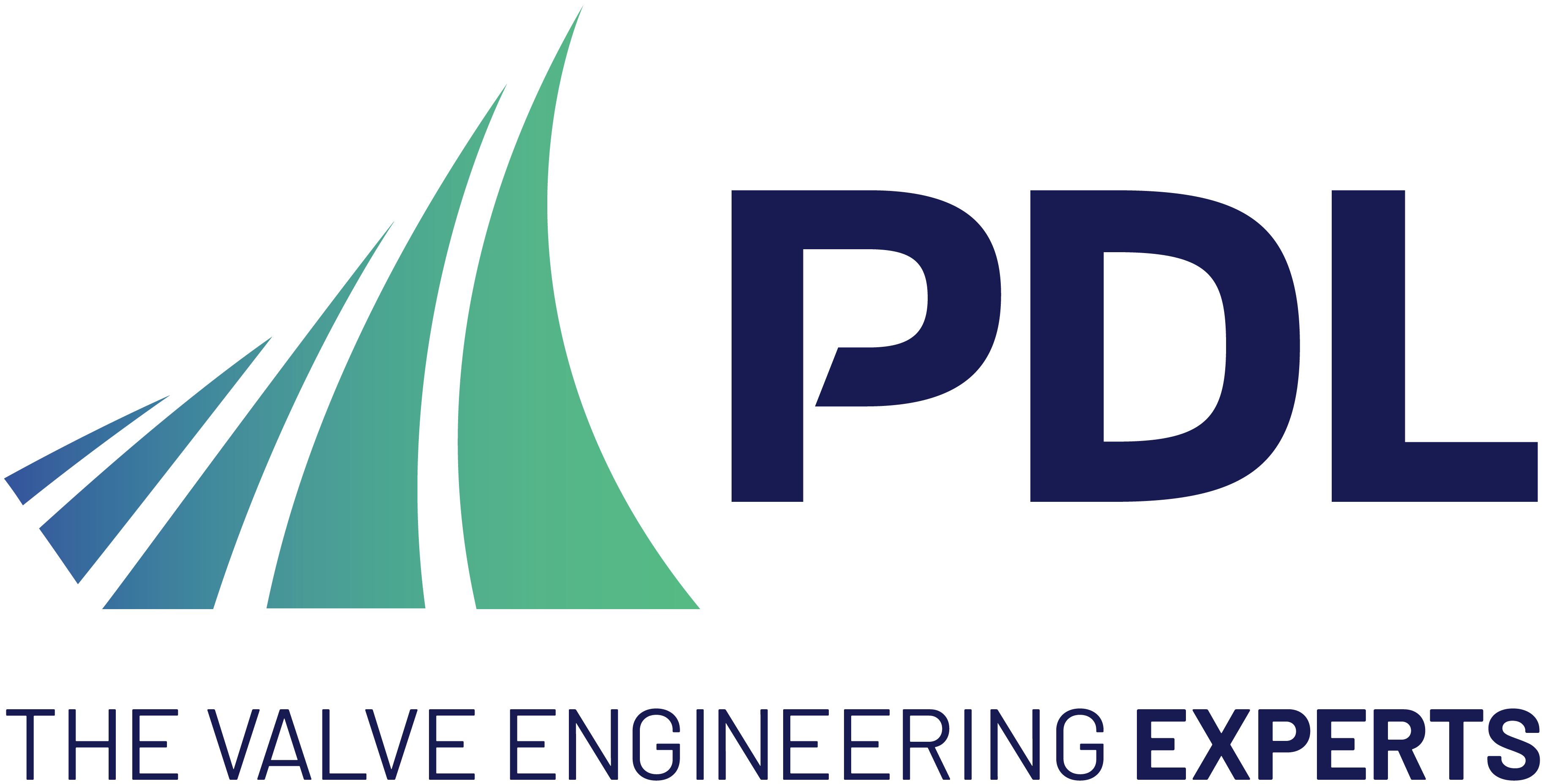Avoiding the Pitfalls of Digital Transformation in Valve Engineering

Three practical lessons for ensuring new technologies strengthen, not frustrate, your team.
Across the engineering sector, the promise of digital transformation is clear. Executives and managers see its potential to improve quality, safety, and sustainability while unlocking efficiency and profitability. Yet, as with any disruptive technology, from steel to electricity, success with embracing digital transformation depends not only on adoption but also on the skill and understanding with which it is implemented.
Digital transformation is less a destination than a journey. Like an albatross learning to fly, the launch is essential, but true value comes once strength, skill, and endurance are developed. For engineering businesses, that means planning beyond implementation and ensuring digital tools genuinely serve the needs of both the company and its engineers.
There are three common challenges that valve manufacturers should address when shaping their digital strategies.
1. Technology in Search of a Problem
The market is full of sophisticated digital tools that promise much but solve little. While innovation without a fixed application can spark progress, many products are poorly aligned with the realities of engineering practice. The safeguard is to start with your challenges and ambitions: What are today’s bottlenecks? Where do you want to be in five years’ time? By defining problems first, businesses can better identify or develop solutions that address genuine needs.
2. Securing User Engagement
Manufacturing is rooted in precision and regulation, and teams often rely on established habits. This can create resistance when new tools are introduced. Pushing technology from the top down, without dialogue, almost always leads to poor uptake. A more effective approach is to involve design and analysis engineers early. When engineers help shape solutions, they develop ownership, leading to smoother adoption and long-term value.
3. Good Technology, Poorly Applied
Even the best tools can fail if they don’t fit a team’s workflows. Misaligned software leads to frustration and often drives engineers to create ad-hoc fixes in Excel, Access, or Python, which reintroduces the very inefficiencies companies hoped to eliminate. The challenge is to strike a balance: solutions must be powerful enough to handle complex tasks yet intuitive enough to encourage consistent, efficient use.
Partnering for Success
For valve manufacturers, digital transformation is no longer optional. However, the difference between a tool that empowers engineers and one that frustrates them often comes down to how well the solution is aligned with real workflows.
By starting with business challenges, involving engineers early, and focusing on long-term usability, companies can turn digital transformation into a genuine advantage, improving quality, safety, and sustainability while building stronger, more efficient teams.
PDL Digital is the partner that helps engineering teams make digital transformation practical, effective, and sustainable. They start with your challenges, not pre-packaged software, and build solutions engineers want to use. With PDL, digital transformation becomes a lasting advantage, not just another IT project.
Email: digital@pdl-group.com

| Telephone: | 00 44 1434 609473 |
| Email: | solutions@pdl-group.com |
| Website: | www.pdl-group.com |
| More information on the PDL Solutions (Europe) Ltd BVAA Member Directory Page |
Search related valve / actuator articles: PDL Solutions (Europe) LtdIssue 101Company News












